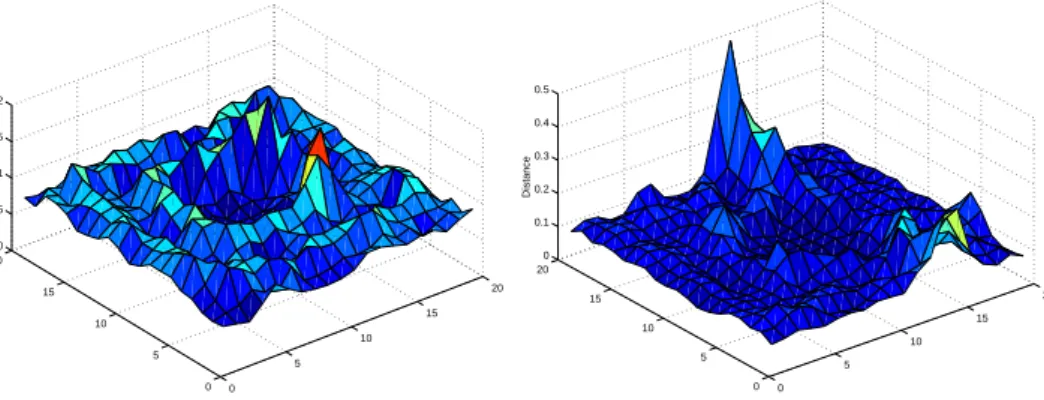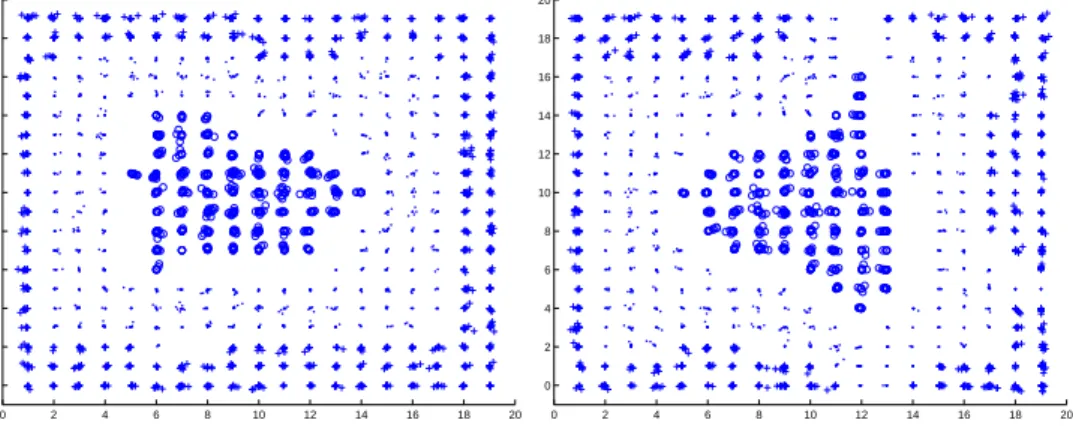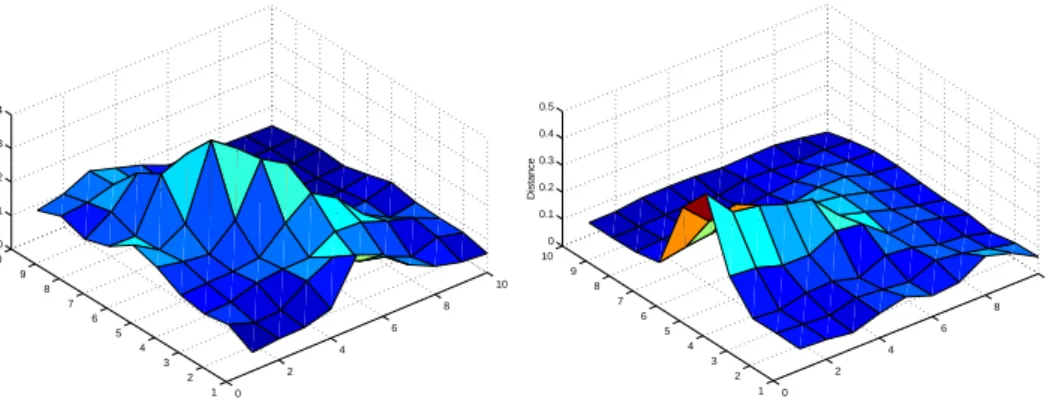Expanding Self-organizing Map for Data. Visualization and Cluster Analysis
Full text
Figure
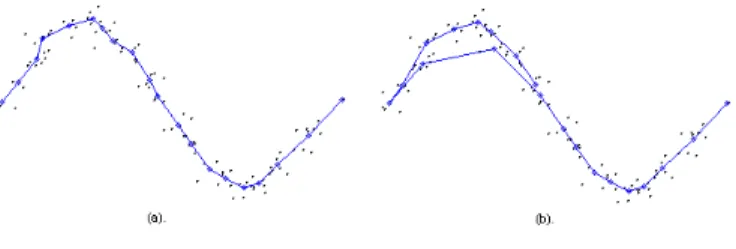
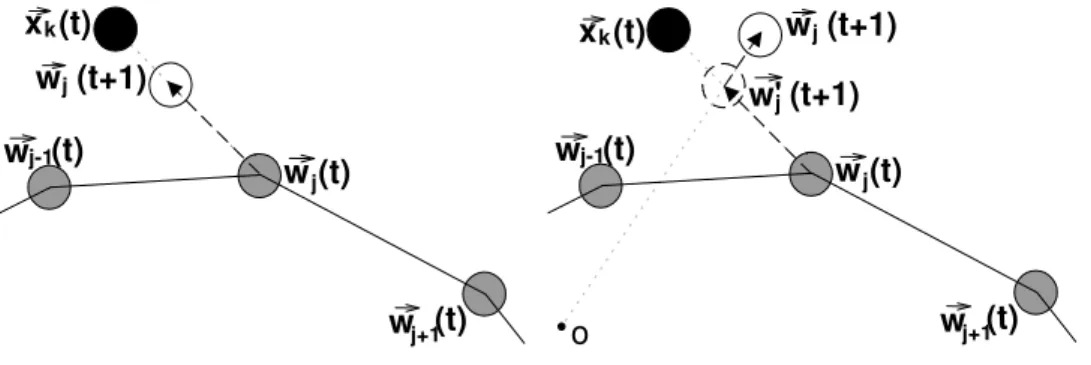
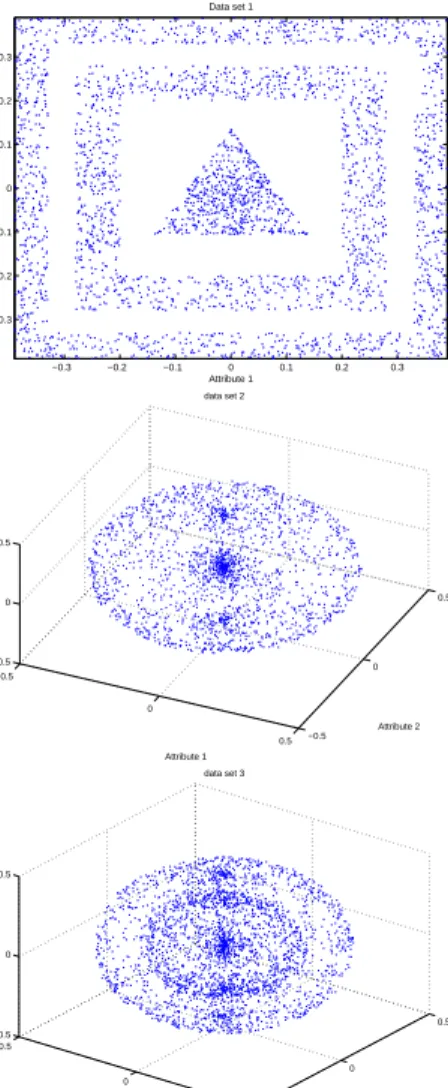
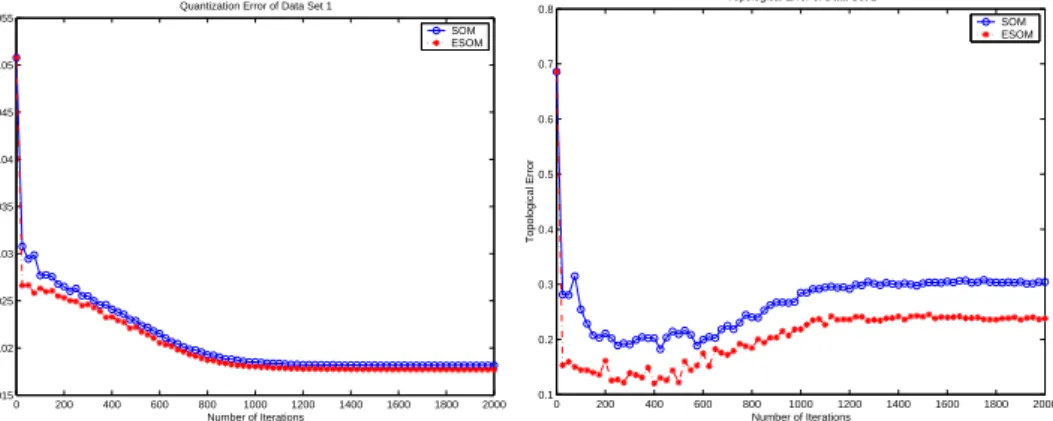
Related documents
The South West Community Care Access Centre (CCAC) gets people the care they need to stay well, heal at home and stay safely in their homes longer. They have provided you with
To compare the burden of statin therapy according to the Third Adult Treatment Panel (ATP-III) and the American College of Cardiology/American Heart Association (ACC/AHA)
In Lesson 1 you read that unbalanced forces cause the motion of an object to change. In this lesson you learned how forces cause motion to change. An object accelerates when
2.3 Defining the ICT Profession
Failure to communicate with client and confirm instructions Legal Services Commissioner v Brott (Legal Practice) [2011] VCAT 110 (7 February 2011)7. The Tribunal found 4
Nurse leaders need to support in-service education and training for all levels of staff involved in care provision, based on identified needs and continuing education
Animal Feed: Comparability of Food Safety Systems and Import Practices of Foreign Countries , Transcript (Mar. 30, 2011) (statement of Clete Willems) (discussing the potential
The data are expressed as percentages relative to untreated cells (control), which were set at 100 %, and represent the mean ± SEM of two independent experiments, each performed
